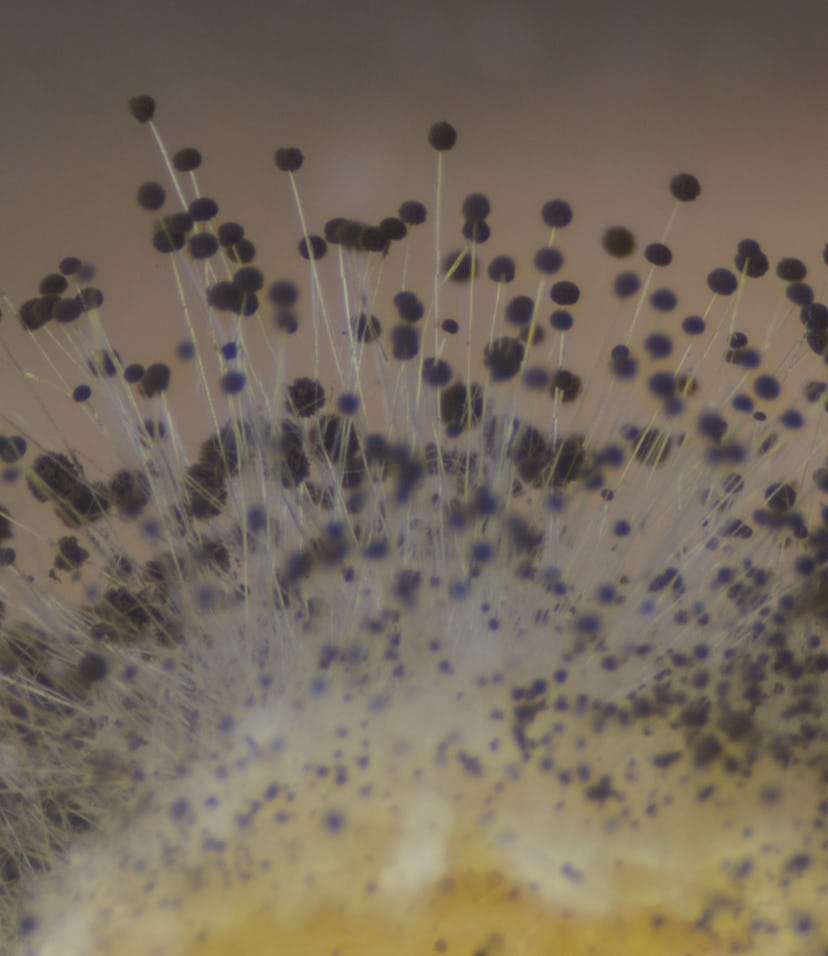Culture
Fungus could be used as a substitute for leather without sacrificing quality
It looks and feels like leather but comes from a far more environmentally friendly source: good ol' fungus.

If you're a fan of leather goods like purses and jackets, you might be interested in considering an alternative, cruelty-free source. In a new study by the University of Vienna, Imperial College London, and RMIT University in Australia, scientists suggest that fungus could prove to be an environmentally safer option for producing leather. In fact, they say it has "considerable potential" to beat the current mode of production that comes mainly from animals and plastic.
The researchers claim that the fungus-based leather alternative looks and feels as good as actual leather.
Ever a controversy, conventional leather is made through cow hides. Environmental activists have strongly criticized not only the environmental effect of this production but its ethical issues in terms of animal cruelty. Treating that cow hide in the process of tanning also involves chemicals, which are harmful for our natural surroundings. Fungus, however, could alleviate that.
As the researchers explain (emphasis ours):
While traditional leather and its alternatives are sourced from animals and synthetic polymers, these renewable sustainable leather substitutes are obtained through the upcycling of low-cost agricultural and forestry by-products into chitinous polymers and other polysaccharides using a natural and carbon-neutral biological fungal growth process.
In terms of sustainability and cost, this mode of production is far less demanding and dangerous than the regular plastic and animal-derived iterations.
The power of substitutes — At its core, sustainable fashion often comes back to the art of replacement and substitution. It's about thinking creatively and beyond convention, looking for substitutes and alternatives that don't leave the planet in worse shape.
Fungus as leather is not an entirely new concept either. Consider the example of these researchers at the California Center for Algae Biotechnology at U.C. San Diego who proposed an alternative source for making your flip-flops: algae. The beauty of an algae-based pair of flip-flops is that upon disintegration, it becomes one with nature. You won't have to worry about particles making ocean life unbearable since animals in the water can eat these pieces.
These suggestions are, at this moment, just suggestions. But if they're turned into broad-scale solutions at an industrial level — which would mean fighting the current industry players tooth and nail — fashion would not only retain its vogue elements but also keep Earth a little happier.